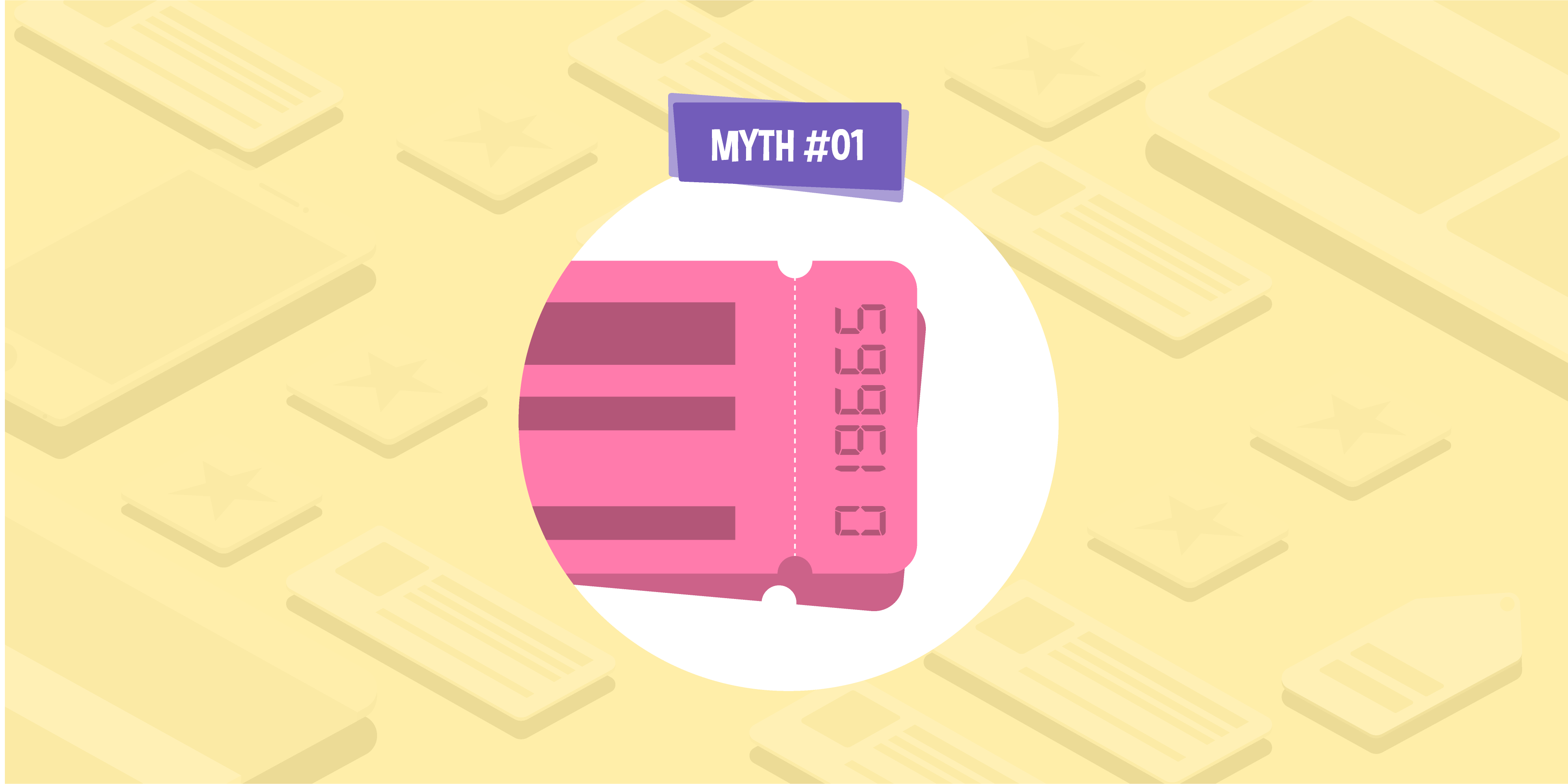
- 30 Aug 2022
Everything you need to know about Google’s helpful content update
Google is no stranger to the odd algorithm update now and then, but very few promise the same kind of impact as the Penguin and Panda updates over 10 years ago. However, on the 18th of August the search engine announced a new helpful content update that SEOs are predicting could alter the SERPs for good.
The new update officially came into effect on the 25th of August, and aims to “ensure people see more original, helpful content written by people, for people, in search results”. In a nutshell, Google’s machine-learning model will flag sites that include content obviously written for search engines, so content that offers little to no value to searchers will be negatively impacted.
Although the helpful content update isn’t a core update, we could still see significant changes. Most notably, the update will be sitewide, which means if you have a large proportion of unhelpful content, your whole site could be affected. So, what can you do to avoid being impacted?
What is people-first content?
Google’s new update aims to provide truly useful content that satisfies a query in the most accurate way. They’re looking for content that has been written specifically for the user. But what will Google be classing as people-first content?
The search engine has provided some guidelines to help us work out what we should be focussing on in our content. We’ll take a closer look at these below.
- Do you have an existing or intended audience for your business or site that would find the content useful if they came directly to you?”
In other words, are you creating your content because it’s something your audience actually wants or needs to know? A good question to ask yourself here is whether you would be creating this content for your site, even if search engines didn’t exist.
- Does your content clearly demonstrate first-hand expertise and a depth of knowledge (for example, expertise that comes from having actually used a product or service, or visiting a place)?
We already know that Google places a lot of weight on expertise — that’s why we have E-A-T. So, this point certainly shouldn’t be anything new. You should be asking yourself what your content can offer that can’t be found anywhere else. Is it your expert credentials, original insight, or first-hand experience? This will be a particular focus for online reviews, especially after the 2021 product reviews update. If you can’t provide an authoritative perspective yourself, then consider getting input from those who can via guest posts and quotes.
- Does your site have a primary purpose or focus?
The purpose of your site and your content should be clear to users from the beginning. Are you an ecommerce site, is your main goal lead generation, or do you exist to inform? The aim of the helpful content update is to prioritise sites that fully meet the searcher’s needs — and this includes next steps. For example, if you offer a service, your content should focus on the problems your service can help with. This leads us into the next two questions below.
- After reading your content, will someone leave feeling they’ve learned enough about a topic to help achieve their goal?
Essentially, does your content answer the searcher’s query, or will they need to go back to the SERP to find out more information on your topic? Doing in-depth keyword research and focussing on other SERP features like People Also Ask Boxes can help you here.
- Will someone reading your content leave feeling like they’ve had a satisfying experience?
Again, does your content fulfil the searcher’s query? Does it answer their question and can your product or service help them achieve their goals? If not, do your users know where else they can go to achieve them? This is where inlinking comes in. Providing links to follow-up information, products, and valuable resources is not only good for conversions and site structure but can also boost the helpfulness of your content.
- Are you keeping in mind our guidance for core updates and for product reviews?
Google’s prioritisation of user-first content certainly isn’t anything new. Past updates have always advocated for high-quality content and useful information. What Google doesn’t want you to do is focus too much on its algorithm and try to ‘outsmart’ it. Keeping its guidance and best practices in mind should help you create people-first content.
What is search engine-first content?
Knowing how to create people-first content isn’t enough. It’s all too easy to fall back into old habits — ones that we don’t realise are negatively impacting our SEO efforts in the first place. To create people-first content, you need to know how to avoid creating search-engine-first content. So, Google suggests the following questions could flag any issues:
- Is the content primarily to attract people from search engines, rather than made for humans?
- Are you producing lots of content on different topics in hopes that some of it might perform well in search results?
- Are you using extensive automation to produce content on many topics?
- Are you mainly summarizing what others have to say without adding much value?
- Are you writing about things simply because they appear to be trending and not because you’d write about them otherwise for your existing audience?
- Does your content leave readers feeling like they need to search again to get better information from other sources?
- Are you writing to a particular word count because you’ve heard or read that Google has a preferred word count? (Google says it doesn’t).
- Did you decide to enter some niche topic area without any real expertise, but instead mainly because you thought you’d get search traffic?
- Does your content promise to answer a question that actually has no answer, such as suggesting there’s a release date for a product, movie, or TV show when one isn’t confirmed?
If you answer “yes” to any of these questions, then you may need to take another look at your content.
It’s important to note that this content update isn’t encouraging SEOs to forget search engines altogether. Technical SEO elements like schema markup and site speed are still just as relevant as they were before the announcement.
What does this mean for SEO?
The main thing we can take from the update is that writing for people is writing for search engines. If you create people-first content, the rankings will follow. This means if you’ve been focussing on quality content in your SEO strategy, then you shouldn’t need to worry too much about the helpful content update.
Google emphasises that content which follows its best SEO practices and content guidelines won’t be flagged by the algorithm. So, as long as you continue to create high-quality, people-first content, it should be business as usual. Hiring a team of expert copywriters who are well-versed in SEO best practices can help ensure you’re creating high-quality content that is tailored to your audience, as well as being optimised to attract relevant organic traffic.
There is one downside to the algorithm though. Google highlights that “any content — not just unhelpful content — on sites determined to have relatively high amounts of unhelpful content overall is less likely to perform well in Search, assuming there is other content elsewhere from the web that’s better to display.”
This means that, if a large proportion of your content is deemed unhelpful, then your helpful content could also be affected. The update will be weighted, so the more low-quality content you have, the bigger the impact will be for your site. So, getting rid of as much unhelpful content as possible should be your primary focus.
How will I know if my content is flagged by the update?
Google has highlighted that the helpful content update isn’t a manual action or a spam action. It won’t be a ‘penalty’ in the traditional sense, so it won’t appear in your Search Console if you’ve been flagged. However, it may feel like a penalty for sites that are impacted by it. Google’s machine-learning model will use the update as a ranking factor. So, the only way you’ll know if your content has been signalled is if you see a significant dip in rankings across your entire site over the next couple of weeks.
What can I do if my rankings drop?
If your site has been negatively impacted by the new update, your next step is to work on removing or improving any low-quality content that could be seen as unhelpful. As the new signal is a classifier that is continually running, improvements to content could take “months” to show any results — so if you’ve been affected then chances are it won’t be a quick recovery! But, once Google has recognised your unhelpful content has gone long-term, then you should start to see some improvement.
If you’ve noticed that your site has been impacted by the helpful content update, or you’d like to ensure you’re creating high-quality content, our expert SEO team can help. Simply get in touch to book your free, no-obligation chat and find out how we can help you.
Emma Robinson
Content Team Lead

